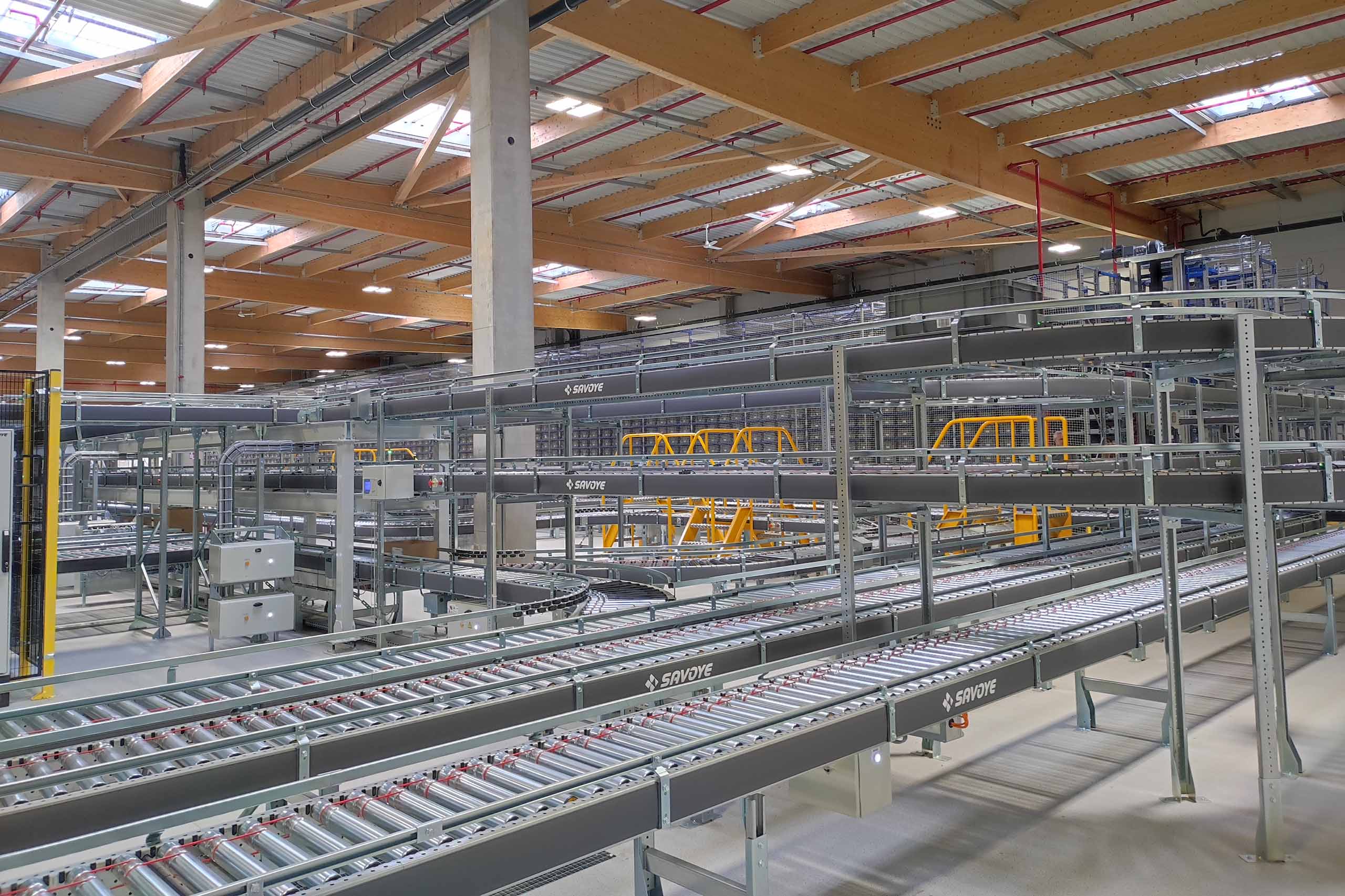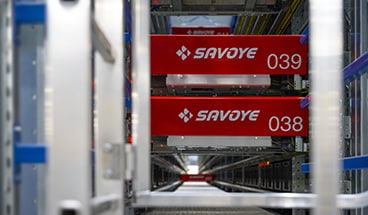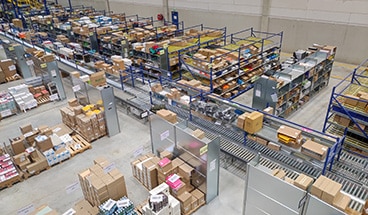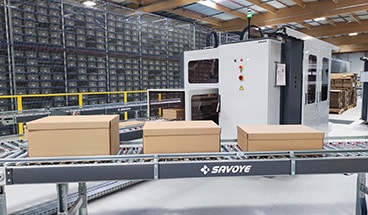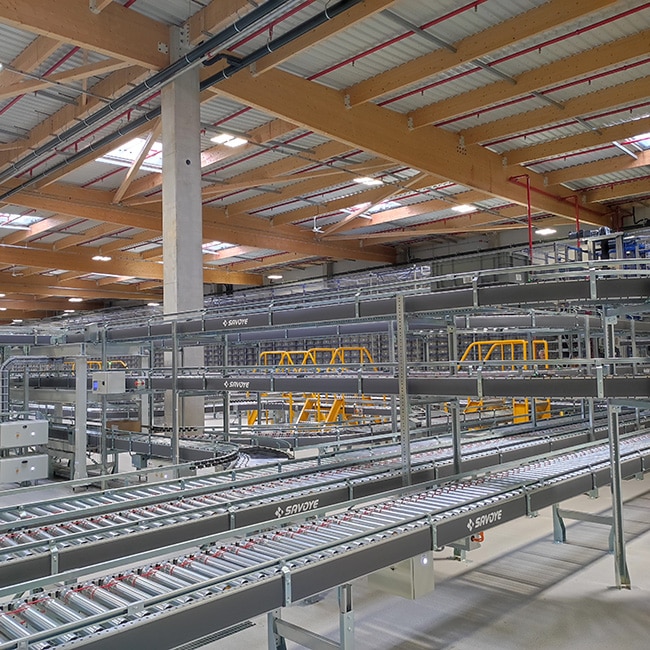The advent of robotization and the more frequent use of automation in the warehouse have led to new challenges and problems:
- More functional components that have to coexist.
- Varied equipment and information systems, thus the implementation of interfaces
- A decision-making process to be clarified
To be truly relevant in an automated environment, the WMS must offer four main qualities:
- Functional flexibility
Equipping your warehouse with automated or robotic systems does not mean that manual work will be totally eliminated. On the contrary. When designing your work strategies (acceptance, storage, picking or shipping), you will first have to determine the flows to be automated and those to be processed manually. The ideal WMS solution must be able to provide you with varied business processes to adapt to activities that will be managed manually and/or automated. Indeed, the picking process is different if you are an operator at a goods-to-person workstation or a forklift driver. A relevant WMS in an automated environment must be able to offer business functions for manual or automated picking, or both at the same time.
- Reliability
Automating your warehouse will naturally lead to increased productivity and a higher number of orders and lines picked per day, as well as a higher number of truck departures. This increase in flows naturally leads to an increased volume of information. The WMS must be reliable enough to absorb, process and analyze this influx of data, while maintaining high response rates.
- Ability to interface
In an automated environment, the WMS must connect to a Warehouse Control System software program. The WMS’s role is to schedule and synchronize logistics flows in addition to managing the warehouse’s automated or robotic systems. Choosing a WMS that has native interfaces corresponding to this type of equipment is a considerable advantage.
- Management functions
Managing an automated warehouse requires active supervision to detect any bottlenecks or blocking delays. The ideal WMS must offer advanced management functions to offer a comprehensive oversight of the warehouse activity in real time, identify any anomalies, take the relevant action and take control of your service rate. ODATiO offers this type of management function with a fully configurable cockpit, equipped with widgets and KPIs relevant for your areas of expertise, for you to supervise all warehouse activities. With clickable zones for immediate access to the corresponding business interface, you have all the tools at your disposal to deal with emergencies in an efficient and reactive manner.
Conclusion
ODATiO: the agile and flexible supply chain execution solution, tailor made for automation.
Capable of managing and scheduling all your logistics operations in a unified manner, ODATiO has all the characteristics of a WMS that is compatible with automated and robotic environments. Equipped with a high degree of agility in terms of configuration of business rules and workflows, ODATiO adapts to your order picking strategies, whether manual, automated or mixed.

